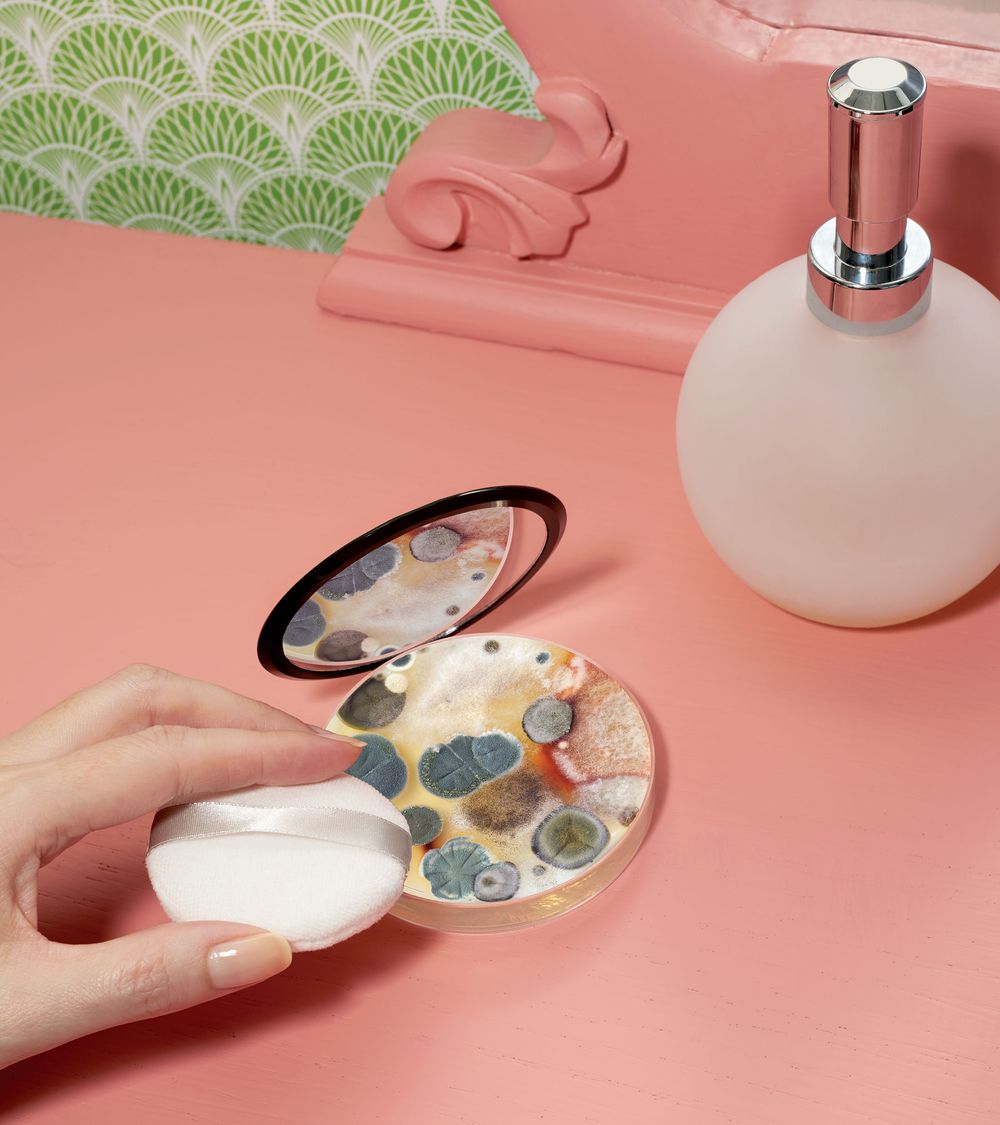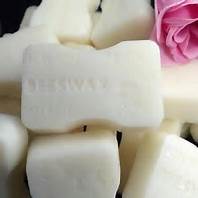Microbes and Cosmetics
Microbes and Bacteria
The fact of preservatives being used, and their amount, should be stated on the label.
Today Eu and FDA labeling regulations allow the names of preservatives to be hidden within the list of ingredients and their quantities not stated.
So far, this blog has focused on the adverse effects of cosmetic ingredients, but these are not the only things in cosmetics that can harm you. Dangerous microbes can breed in the products and so it is important to add preservatives to ensure that harmful bacteria are not allowed to thrive and multiply.
However, after colorants and fragrances, preservatives are probably the next main cause of adverse reactions to cosmetics and toiletries. It is for this reason that there are regulations and restrictions on the use of most preservatives.
Microbe is a common word for micro-organism. It is a general term used to describe any microscopic, single -celled, living organism. It is often extended to include some multi-celled, complex organisms such as mold and fungi, and viruses, which do not have cells.
The most common microbes that can potentially infect personal care products are molds, fungi, yeasts, bacteria, and protozoa. (Viruses rarely infect cosmetics because they can only reproduce inside cells and other living organisms). When a microbe infects a product, it feeds on the ingredients to get the energy it needs for reproduction.
The rapidly reproducing microbes usually produce a bad smell and may cause some clear products to become cloudy. They also release toxic substances as waste products, to help them digest and absorb food, and to kill other microbes that may be in competition with them. They can also chemically alter ingredients, causing colors and odors to change. The altered substances may be poisonous or harmful.
Microbes enter personal care products during manufacturer, when the containers are filled, and while you are using them at home. There is a danger that microbes in cosmetics and toiletries may be transferred to your body and start an infection.
The microbes may feed on your body tissues, causing damage to the tissues, and they often release toxins into your bloodstream. For this reason, virtually all personal care products you buy will contain at least one preservative, and often more, to inhibit the growth of microbes in the product.
They may also contain antimicrobials, which control the growth of microbes on your body. Some products are irradiated with gamma rays to kill any microbes that may have entered the product during the manufacture and packaging process.
Reference:Cosmetics Unmasked: Dr Stephen & Gina Antczak
Articles-Latest
- Skin tags: Why they develop, and how to remove them
- So That’s Why Your Skin Gets Crepey As You Get Older
- Eye Infection from False Eyelashes
- Teeth stain removal and whitening solutions
- Benefits of collagen for skin
- Why vitamin E should be part of your skincare regime
- Can gray hair be reversed?
- Hair loss affects 1 in 10 women before the menopause – here’s how to treat it
- Conscious ageing and Black skin: What happens when Black does crack?
- Your skin color may affect how well a medication works for you — but the research is way behind
- The C word Cancer
- Astringents
- How does light therapy work? The science behind the popular skincare treatment
- The Most Offensive Fashion Police Criticisms of All Time
- Everything you need to know about lip filler migration, as told by the experts
- Pig semen and menstrual blood – how our ancestors perfected the art of seduction
- Everything you need to know about benzoyl peroxide
- We've bleached, relaxed, and damaged our hair to make ourselves look more white
- Will this be the year that facial filler is cancelled?
- Shock of the old: 10 painful and poisonous beauty treatments
Cosmetic ingredients
LOGIN
Who's On Line
We have 35 guests and no members online
Articles-Most Read
- Home
- White Bees Wax
- Leucidal
- Cosmetic Preservatives A-Z
- Caprylyl Glycol
- Cosmetics Unmasked - How Safe Are Colorants?
- Cosmetics Unmasked - Choosing Ingredients
- Cosmetics Unmasked - Colorants And Fragrances
- EcoSilk
- Toxic Beauty - Who's Looking At Cosmetics?
- Cosmetics Unmasked - Fragrances
- Microbes and Cosmetics
- Chemicals Lingering In The Environment
- Yellow Bees Wax
- Microbes and Safety Standards
- Potassium Sorbate
- Toxic Beauty - Hazardous To Your Health
- Synthetics In Cosmetics - The Industry Fights Back
- What's Happening in the USA - Cosmetic Regulations - Toxic Beauty
- Fresh Goat's Milk Soap
- Active Ingredients
- Cosmetics Unmasked - Listing Cosmetics
- Toxic Beauty - Cocktails and Low Doses
- Natural Waxes A-Z
- Natural Butters A-Z




